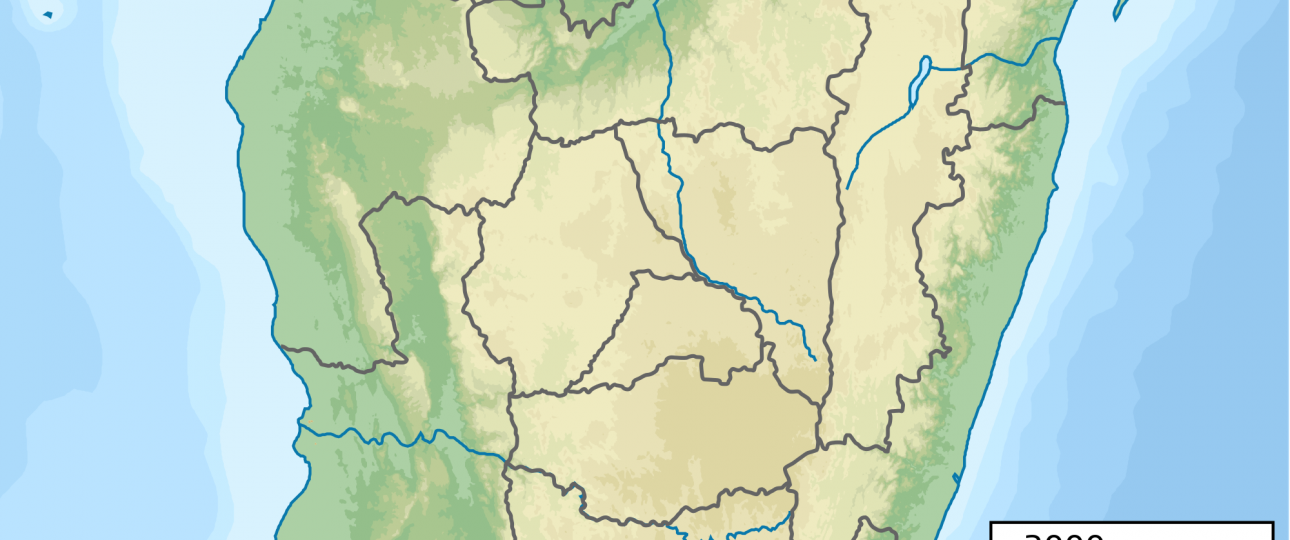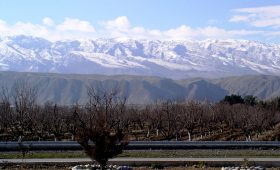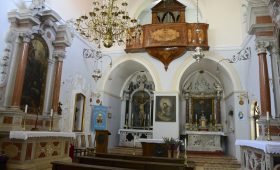Exploring Andohahela National Park in Madagascar
Location and Geography
Andohahela National Park is located in southeastern Madagascar, about 40 kilometers northwest of Fort-Dauphin. Spanning approximately 760 square kilometers, the park is at the southern end of the Malagasy Highlands. It is divided into three distinct zones: Malio, Ihazofotsy-Mangatsiaka, and Tsimelahy. Each zone offers unique landscapes and ecosystems, making the park a fascinating destination for nature enthusiasts.
Flora and Fauna
Andohahela National Park is renowned for its rich biodiversity. The Malio zone features dense lowland and montane rainforests, home to over 200 species of tree ferns, orchids, and wild vanilla. This area is a haven for birdwatchers and those hoping to spot lemurs, including the collared brown lemur and the southern lesser bamboo lemur.
The Ihazofotsy-Mangatsiaka zone is characterized by its dry spiny forest, where rare birds and reptiles thrive. Here, you might encounter the ring-tailed lemur and Verreaux’s sifaka. The Tsimelahy zone, with its unique Ranopiso transitional forest, offers a blend of rainforest and spiny forest species. Although lemur sightings are less common here, the area is still rich in biodiversity.
Best Time to Visit
The dry season, from April to November, is the best time to visit Andohahela National Park. During this period, the weather is generally pleasant, with temperatures ranging from 20 to 25 degrees Celsius. However, Madagascar’s climate can be unpredictable, so it’s wise to check the forecast before your trip. The wet season, from December to March, brings heavy rainfall, which can make some trails difficult to navigate. If you enjoy lush greenery and don’t mind the rain, this season offers a different perspective of the park’s beauty.
Getting There
Reaching Andohahela National Park requires some planning. The park is accessible via the unpaved Provincial road RIP118 from Soanierana. The nearest major city is Fort-Dauphin, from where you can access several circuits within the park by road.
For those traveling from Antananarivo, the capital of Madagascar, flying into Fort-Dauphin is an option. From there, you can arrange for a private transfer or hire a taxi to reach the park. Alternatively, you can rent a car for a scenic drive, but ensure you have a reliable map or GPS navigation system.
Local Transportation
Once at Andohahela National Park, exploring on foot is the best way to experience its wonders. The park offers well-maintained hiking trails suitable for various fitness levels. Hiring a local guide is highly recommended. Guides not only ensure your safety and enhance your understanding of the park’s flora and fauna, but they also support the local economy. They may share fascinating stories and insights that you wouldn’t discover on your own.
Accommodation
While there are no accommodations within Andohahela National Park itself, nearby options are available. The town of Amboasary, about 30 kilometers from the park, offers a range of hotels and guesthouses to suit different budgets. For a more immersive experience, consider staying in a local village. Many villages offer homestays, providing an opportunity to enjoy Malagasy hospitality and gain a deeper understanding of the local culture.
Andohahela National Park is a destination that offers a unique glimpse into Madagascar’s diverse ecosystems and wildlife. Whether you’re a seasoned traveler or a nature enthusiast, the park promises an unforgettable experience. Just remember to plan your visit carefully and respect the natural environment to ensure a rewarding adventure.




